LEARN MORE & GET IN TOUCH
We invite you to explore our site to learn about the specific services we offer and read success stories from people just like you. If you’re considering legal help for your immigration matter, reach out to us. Even if you’re not sure you have a case, we’re happy to evaluate your situation and discuss your options. At The Law Firm of Moumita Rahman, your hopes and concerns become ours – and we won’t rest until we’ve done everything possible to help you “belong in the country you helped build.” Ready to take the next step? Contact us for a case evaluation, and let’s work together toward your freedom and peace of mind.
PRACTICE AREAS
Our mission is to help clients secure immigration relief and live with peace of mind. A better future for you and your family is within reach. At Moumita Rahman Immigration Attorneys, we fight for your freedom.



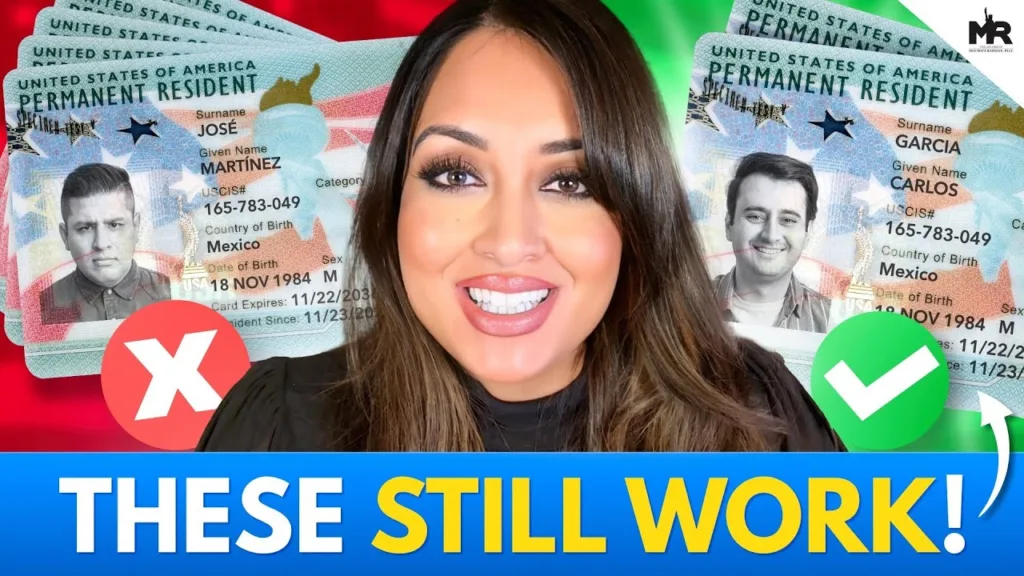
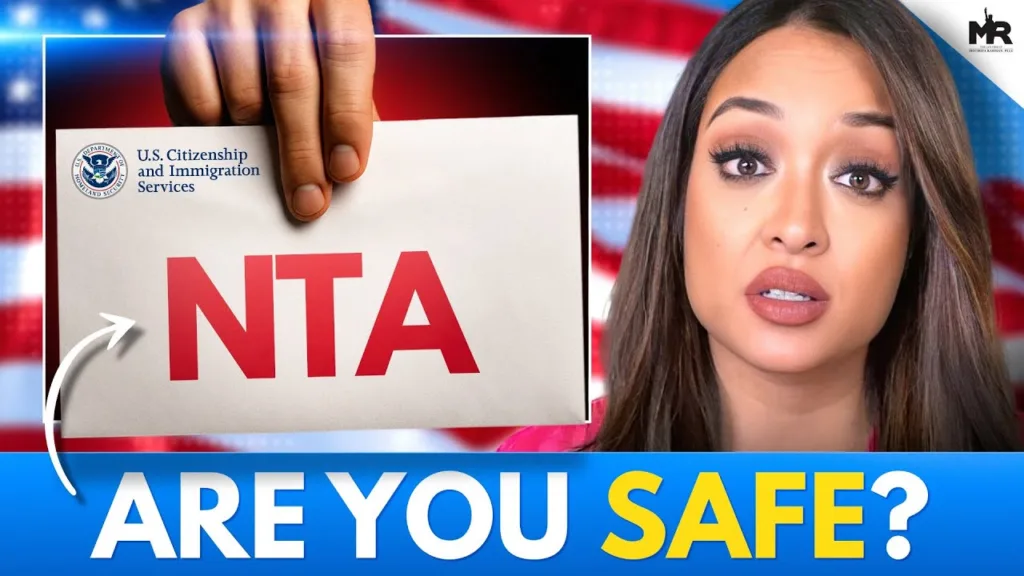
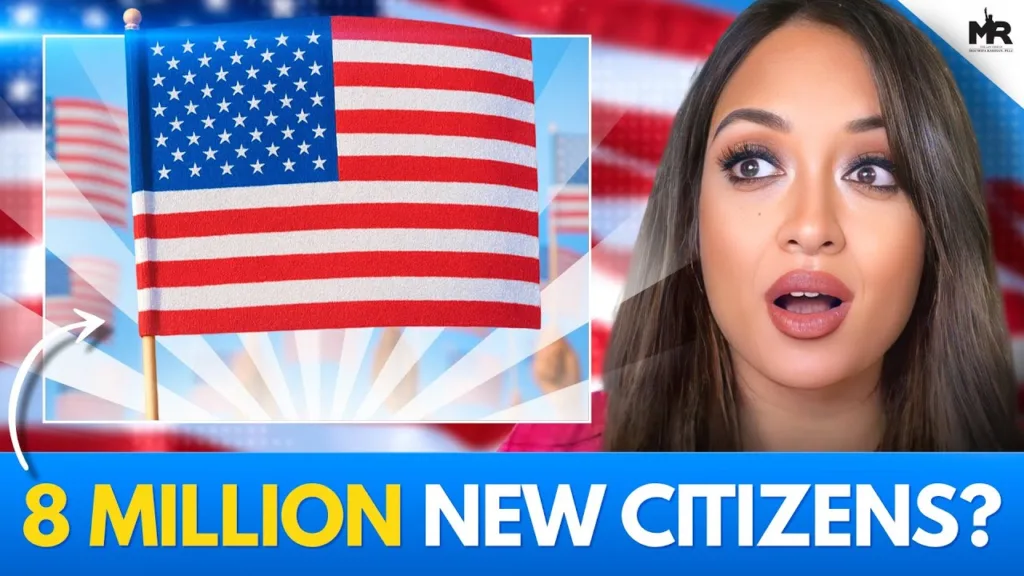
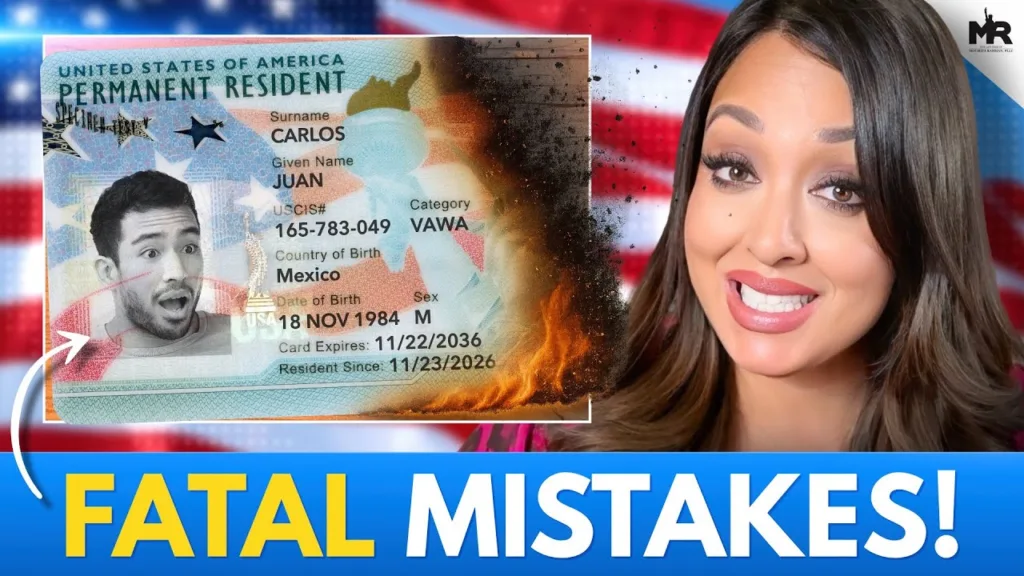
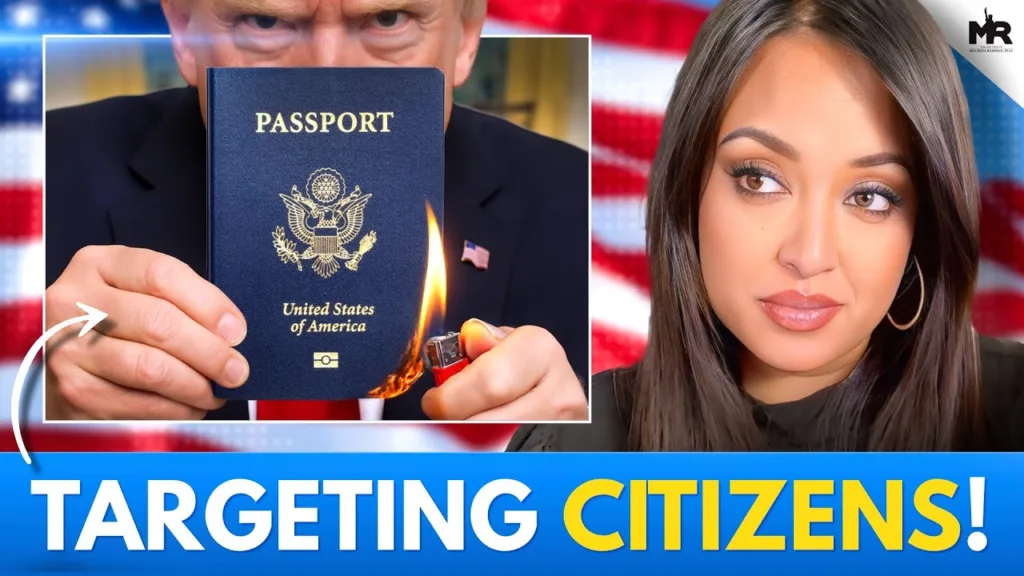
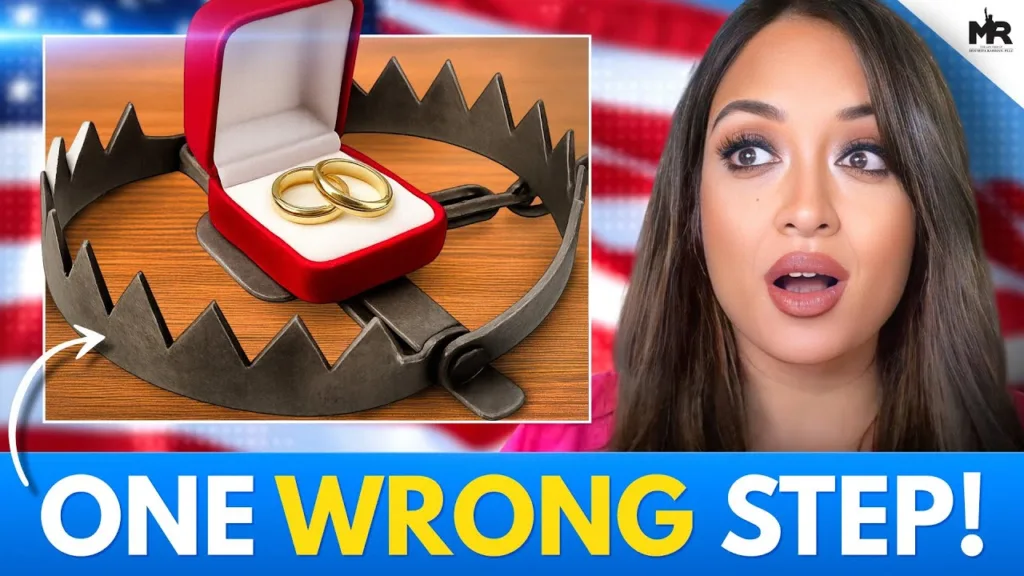

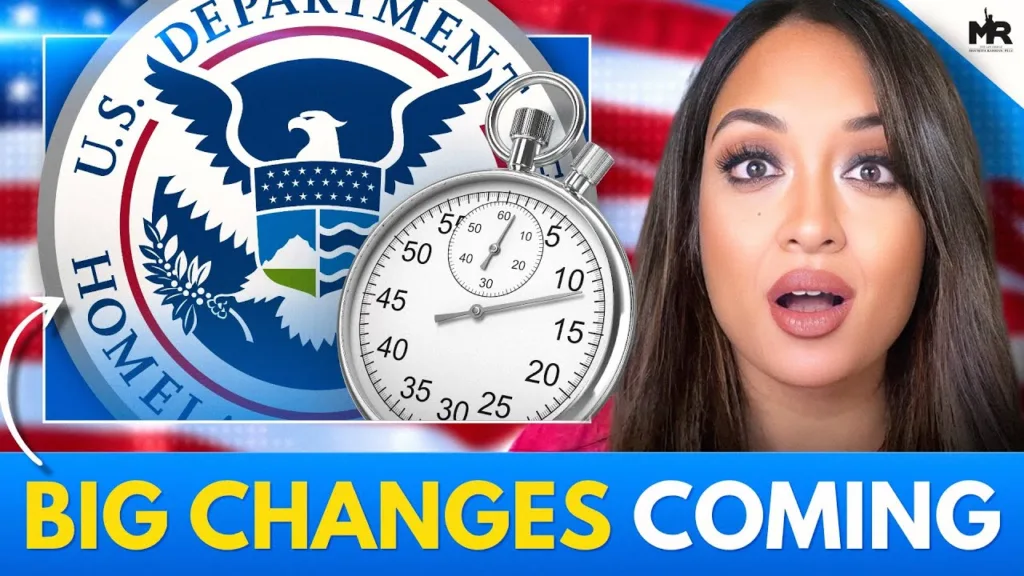
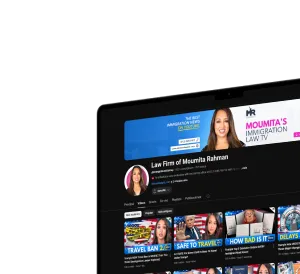
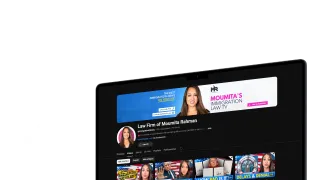
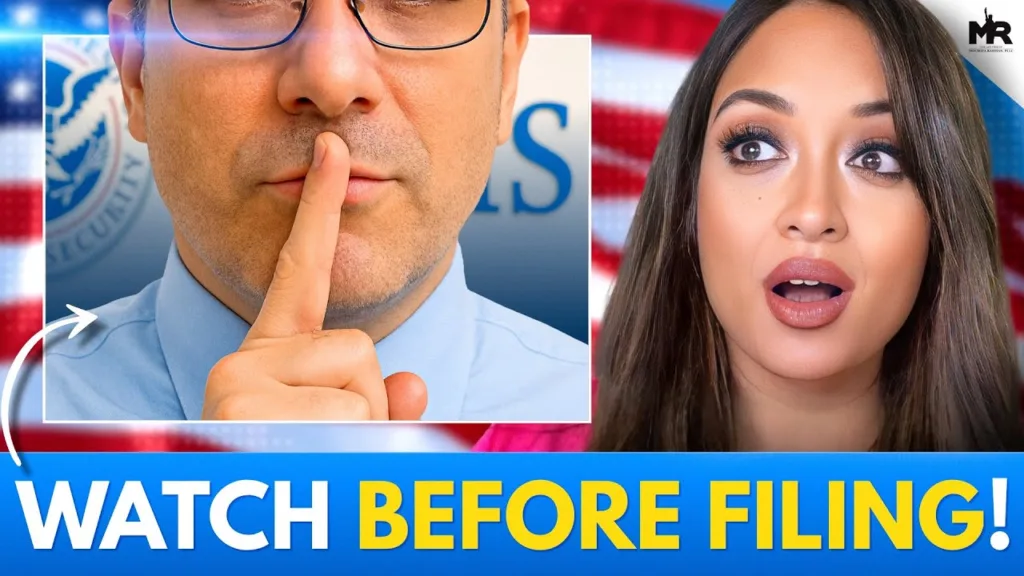
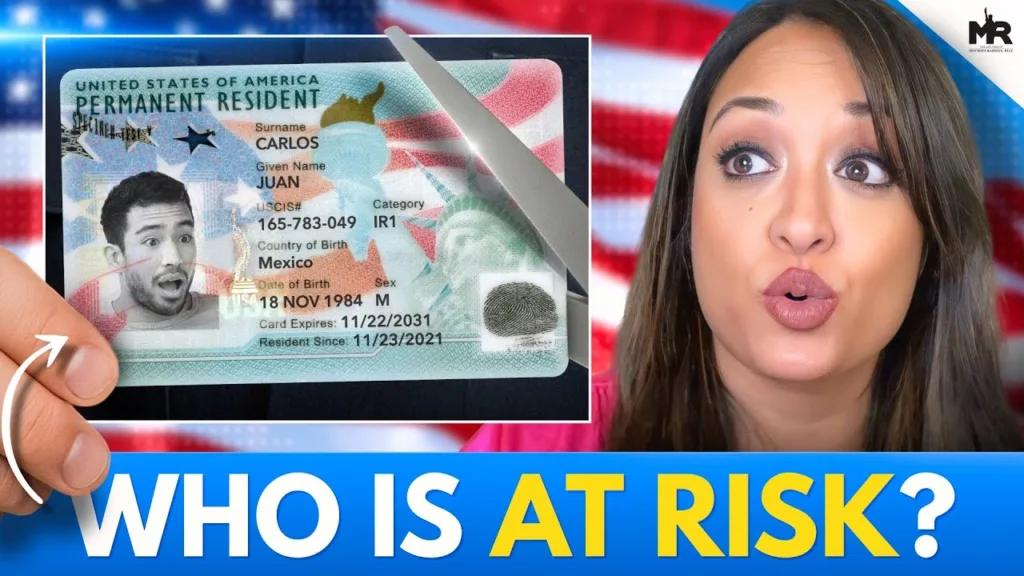

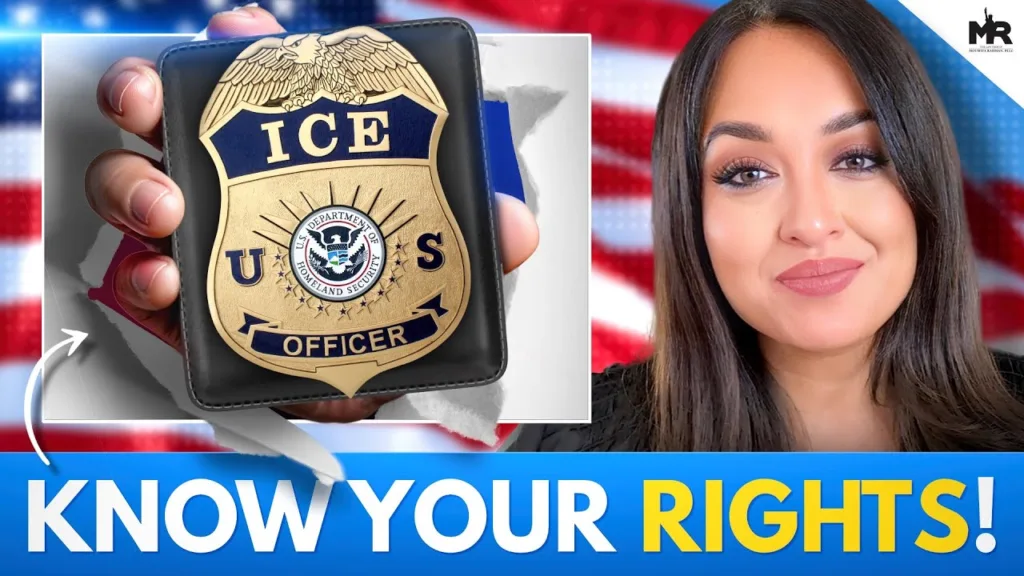
![Trump’s NEW Travel Ban Is WORSE Than You Think! [Immigration Lawyer Explains]](https://www.rahmanlawpllc.com/wp-content/uploads/2025/02/trumps-new-travel-ban-is-worse-than-you-think-immigration-lawyer-explains-1-1024x576.webp)


